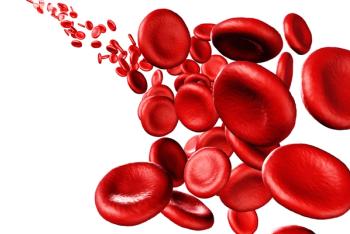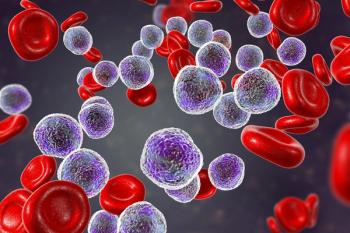
MRD Status at Time of Transplant Important Predictor of Risk for AML
The success of allogeneic HCT in patients with AML varied among those with complete remission and minimal residual disease positivity vs negativity.
Results of a new study indicated that the success of allogeneic hematopoietic cell transplantation (HCT) in patients with acute myeloid leukemia (AML) varied among those with complete remission and minimal residual disease (MRD) positivity compared with MRD negativity.
In the retrospective study, Daisuke Araki, MD, of the University of Washington in Seattle, and colleagues studied whether outcomes of MRD-positive patients in complete remission more closely resemble patients with active disease or patients with MRD-negative complete remission prior to transplantation.
“Our data show similar post-HCT outcomes for patients in MRD-positive morphologic remission and for patients with active disease that are distinctly worse than outcomes for patients in MRD-negative remission before transplantation,”
The researchers looked at 359 consecutive patients with AML who underwent myeloablative allogeneic HCT from peripheral blood or bone marrow donors from 2006 to 2014. MRD positivity was assessed with 10-color multiparametric flow cytometry on bone marrow aspirates and was defined as any level of residual disease.
Results showed that patients who were MRD-negative had a 3-year relapse rate of 22% compared with 67% of patients with MRD-positive complete remission and 65% of patients with active disease. Similarly, patients with MRD-negative disease had a 3-year overall survival estimate of 73% compared with 26% of patients with MRD positivity and 23% of patients with active AML.
Using a multivariable model, the researchers found that MRD-negative status was associated with longer overall survival and progression-free survival, whereas, MRD positivity and active disease were both associated with poorer outcomes.
“These data provide further evidence for the clinical relevance of MRD and indicate that an MRD-based definition of remission would lead to a better estimate of expected treatment outcomes. Such information would not only be of prognostic value but could facilitate future clinical trials,” the researchers wrote.
In an
Newsletter
Stay up to date on recent advances in the multidisciplinary approach to cancer.


















































































